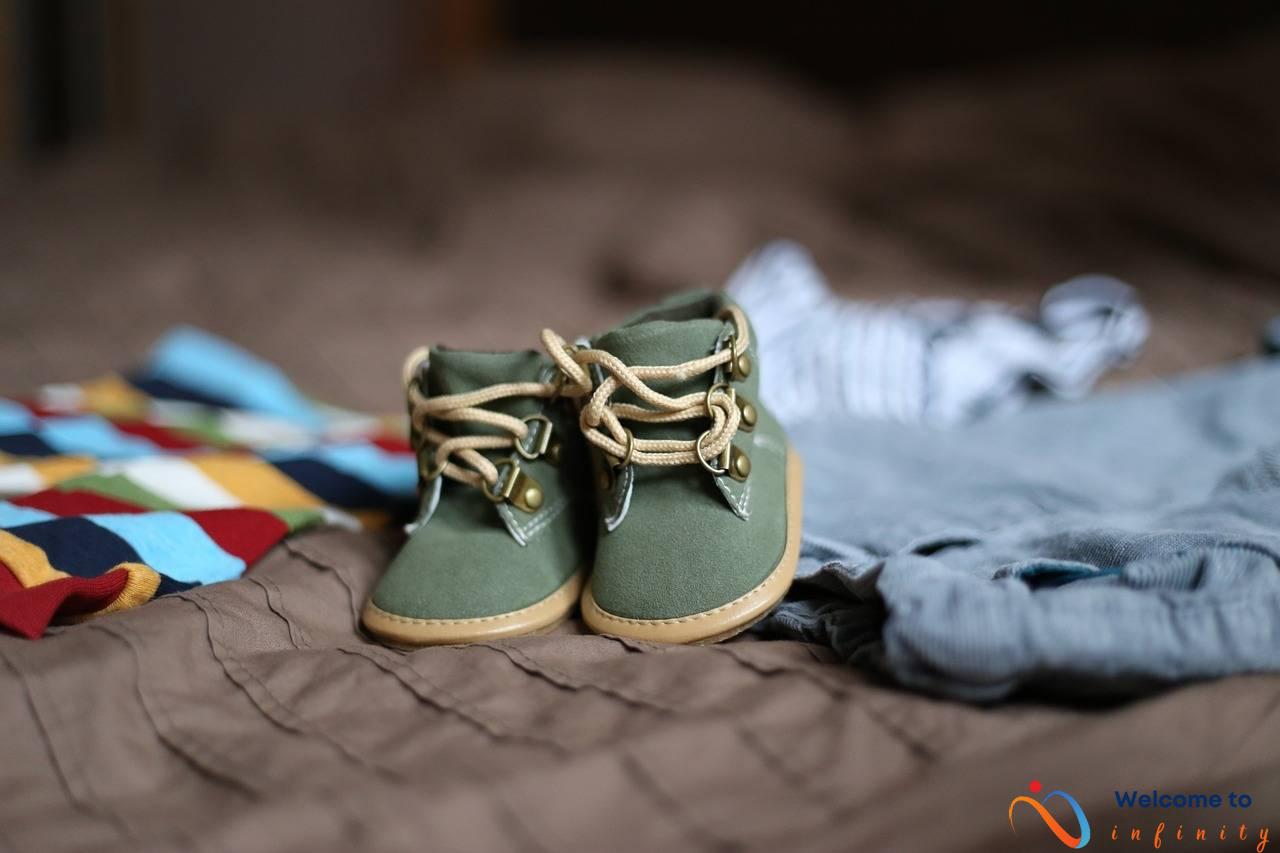Planning a wedding is already a daunting task, with so many details to consider. As a host, you want to ensure that all your guests feel welcome and at ease throughout the celebrations. However, when it comes to a multicultural wedding, the task becomes even more complex. You need to consider several factors when creating a seating plan that accommodates your guests of different cultures.
Start by researching the cultures and traditions of your guests. Understanding their backgrounds will help you make informed decisions when planning their seating arrangement. You can create a chart that lists the traditions and customs of each culture to ensure that no one feels offended or excluded.
Strategically assigning guests to tables is essential in creating a successful seating plan. Place guests who share similar backgrounds or relationships with each other at the same table to encourage interactions. Ensure the number of guests from each culture is balanced at each table to avoid segregation and promote unity.
When it comes to the food and drink menu, offer diverse options that cater to various dietary restrictions and cultural preferences. You can have a mix of traditional foods from different countries, or you can incorporate fusion cuisine that blends different cultures and traditions.
Communication is key in creating a successful seating plan. Make sure to communicate the plan to your guests ahead of time, so they know what to expect. Provide a seating chart at the reception to avoid confusion on the day.
Finally, be open to changes and adjustments to the seating plan. Unexpected cultural differences or last-minute changes may arise, and you need to be flexible enough to adapt to them.
Overall, planning a multicultural wedding seating plan requires extensive research, strategic table assignments, diverse food options, clear communication, and flexibility. With proper planning, you can create a memorable and inclusive celebration for all your guests.
Understanding Cultures and Traditions
When planning a multicultural wedding, understanding the cultures and traditions of your guests is essential to creating a seating plan that ensures everyone feels welcome and included. Researching the customs and beliefs of each culture represented among your guests will help you determine how to appropriately seat them and which guests should be seated together.
It's also important to note any cultural practices or taboos that may impact the seating plan. For instance, in some cultures, it may be considered disrespectful to seat certain guests together, or there may be rules regarding where the bride and groom sit in relation to their parents. By researching and understanding these customs, you can ensure that no one feels offended or excluded.
Creating a seating plan that accommodates all guests' cultural needs can be a challenge, but it's an important part of making your wedding a celebration of diversity and inclusion. Consider creating a diverse guest list and seating guests who share similar cultures and traditions together. Additionally, you may want to create a seating arrangement that encourages guests to interact and get to know each other, regardless of their backgrounds.
Overall, the key to creating a successful multicultural wedding seating plan is to be open-minded and adaptive. Take the time to communicate with your guests, understand their needs and preferences, and be willing to make adjustments as needed to ensure that every guest feels welcome and comfortable.
Table Assignments
When it comes to table assignments for a multicultural wedding, it's important to strategically place guests based on their cultural backgrounds and relationships with each other. Creating a diverse and inclusive atmosphere at the reception is key to making sure everyone feels welcomed and comfortable.
Researching cultural traditions and customs will give you a better understanding of how to seat guests. For example, in some cultures, it's customary to sit families together while others prefer to mix up the seating arrangements. You can also consider the languages spoken by guests and seat those who speak the same language together to encourage conversations.
Another factor to take into account is the relationships between guests. It's likely that friends and family will want to sit together, but it's also important to mix in people from different cultural backgrounds. This will create a more varied and interesting atmosphere and may even lead to new friendships being formed.
A seating plan may help you to sort your guests in an organized way. You can create a list of tables and a chart of the seating arrangement. Assign each table a different culture or tradition you want to accommodate and strategically place guests at each table to create diversity. You can also include a brief explanation of each culture or tradition to add a fun and educational aspect to the seating plan.
Planning a seating plan for a multicultural wedding can be challenging, but taking cultural backgrounds and relationships into account when assigning seats will ensure that all guests feel comfortable and included. Be mindful and open-minded in your approach and remember that the goal is to create a welcoming and inclusive celebration for everyone.
Seating Arrangements
When creating a seating plan for a multicultural wedding, it's important to ensure that each table has a balanced mix of guests from different cultures and traditions. This will encourage interactions and conversations between guests, and help them to feel included and engaged in the celebrations.
One strategy is to group guests based on their cultural backgrounds or languages spoken. For example, you could group all the guests who speak the same language together at one table. Alternatively, you could mix and match guests from different cultures at each table to create a more diverse seating plan.
Another way to encourage conversations between guests is to incorporate cultural elements into the seating arrangements. Consider adding decor elements to each table that represent different cultures, such as traditional centerpieces or place settings. This can spark conversations and help guests learn more about each other's cultures.
It's also important to consider the relationships between guests when creating the seating plan. Place guests who know each other well at the same table, while also making sure to mix in guests who may not know each other as well to encourage new connections and conversations.
Overall, a well-planned seating arrangement can create a warm and inclusive atmosphere at a multicultural wedding celebration. By balancing cultures and traditions and encouraging conversations between guests, the seating plan can become a meaningful part of the wedding experience.
Food and Drink
When planning a multicultural wedding seating plan, it is important to consider diverse food options that cater to different dietary restrictions and cultural preferences. This ensures that all guests feel included and comfortable during the celebration.
Before deciding on the menu, research the dietary restrictions of different cultures and ask your guests about their food preferences. You can also consider creating a survey or questionnaire to have a better understanding of your guests' needs.
Offering a buffet-style meal or food stations is a great way to provide a variety of options for guests to choose from. This allows guests to pick and choose their preferred dishes while ensuring that there are suitable options for everyone. Consider having vegetarian, vegan, gluten-free, and halal options available.
To further accommodate guests' cultural preferences, incorporate traditional dishes and flavors from different cultures. For example, if your wedding has both Indian and american guests, you can offer a fusion menu that combines dishes from both cultures. This will not only cater to everyone's preferences but also add a unique touch to your wedding.
Additionally, it is important to communicate the menu options to your guests beforehand to avoid any confusion or disappointment on the day. This can be done through your wedding website, invitations, or a separate dietary requirement form.
In summary, offering diverse food options that cater to various dietary restrictions and cultural preferences is crucial when planning a multicultural wedding. This will ensure that all guests feel included and satisfied with the menu selection.
Communication
Clear communication is essential when creating a seating plan for a multicultural wedding. Guests should be informed ahead of time about their seating arrangements, so they know where to go on the day of the wedding. Providing a seating chart at the reception can also help guests find their seats quickly and avoid confusion.
When communicating the seating plan, it's important to be clear about the reasons behind the table assignments. Let guests know that the plan was created with cultural backgrounds and relationships in mind to ensure a harmonious and enjoyable celebration for everyone.
Consider sending out the seating plan along with invitations, so guests have ample time to adjust their plans accordingly. Make sure to ask for RSVPs and any dietary restrictions or preferences, so food options can be catered to accordingly.
Creating a seating chart layout can also be useful, especially when accommodating large groups of guests. Use a table with labeled seats to match the table assignments and make clear who will sit where. Display the seating chart in a prominent location at the reception venue, so guests can easily find their seats.
Having a designated person available to answer questions and make changes if needed can also make the communication process run more smoothly. It's essential to be flexible and adjust seating arrangements based on last-minute changes or unexpected cultural differences.
Overall, clear communication before and during the wedding reception can help ensure guests feel comfortable and included. By providing ample information and a clear seating chart, everyone can enjoy the festivities without confusion or awkwardness.
Flexibility
While it's important to have a well-planned seating chart, flexibility is key when it comes to accommodating last-minute changes or unexpected cultural differences. Be open to making adjustments, such as moving guests to different tables or rearranging the seating order.
You can also consider having a few tables with extra seats, allowing for some flexibility in case a few unexpected guests show up. If possible, have a backup seating plan in case of any unexpected changes.
Another solution is to have an open seating plan, where guests can choose their own seats. This can be especially helpful if you have a large number of guests from different cultural backgrounds, as it allows them to sit with people they feel most comfortable with.
When making adjustments to the seating plan, be sure to communicate any changes to guests in a clear and timely manner. Providing a new seating chart or announcing changes during the reception can help avoid confusion and ensure that everyone feels included.
Remember, the most important thing is to create a welcoming and inclusive environment for all guests. By being flexible and open to changes, you can help make your multicultural wedding a celebration that everyone will enjoy and remember for years to come.
Conclusion
Planning a multicultural wedding seating plan is a challenging task that demands careful consideration and attention to detail. While creating the seating plan, it is crucial to keep in mind the traditions, cultures, and backgrounds of all guests to ensure that everyone feels welcome and comfortable.
The first step towards creating an inclusive and diverse seating plan is to conduct extensive research about the guests' cultures and traditions. This will help in making informed decisions about table assignments and seating arrangements.
Strategically assigning guests to tables based on their cultural backgrounds and relationships with each other is essential to encourage interactions and conversations between guests. Additionally, it is crucial to offer diverse food options to cater to various dietary restrictions and cultural preferences.
Clear communication about the seating plan is also vital. It is essential to communicate the seating plan to guests ahead of time and provide a seating chart at the reception to avoid confusion on the day. Lastly, flexibility is key. Be open to changes and adjustments to the seating plan to accommodate last-minute changes or unexpected cultural differences.
Overall, creating a successful multicultural seating plan requires extensive research, strategic table assignments, diverse food options, clear communication, and flexibility. By taking these key factors into consideration, you can ensure a memorable and inclusive celebration for all guests. An inclusive seating plan is crucial to host a successful wedding ceremony, and investing in it is imperative.












